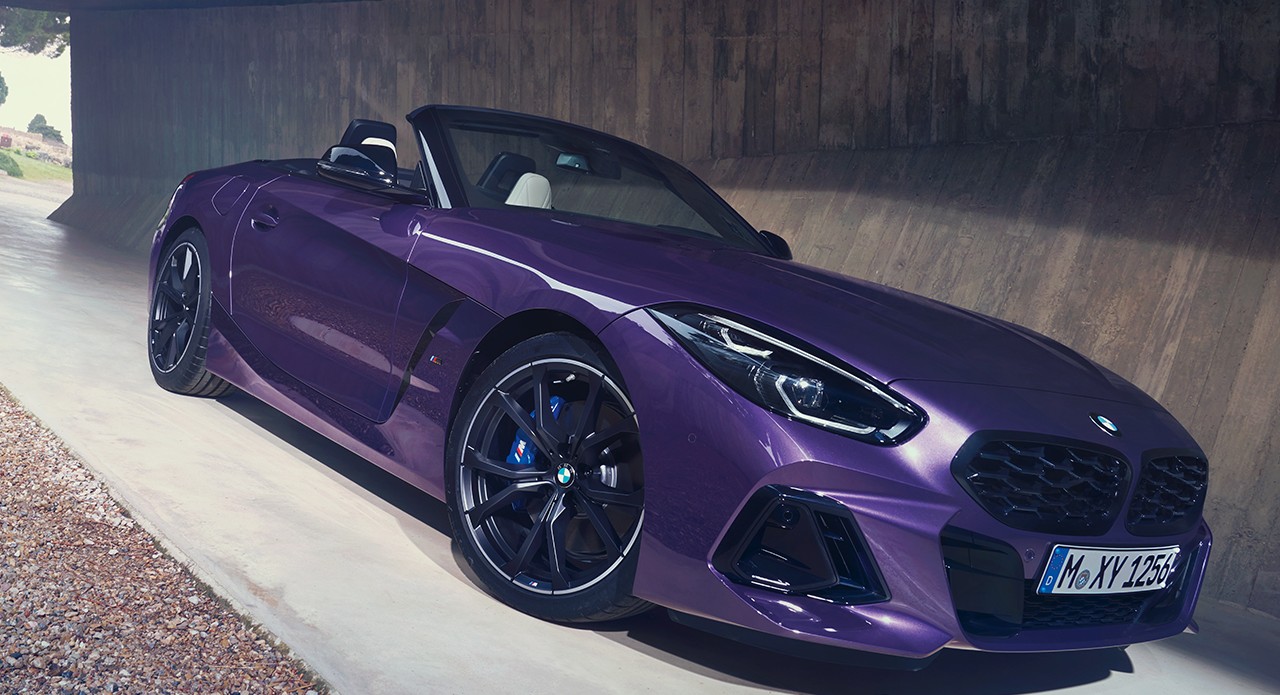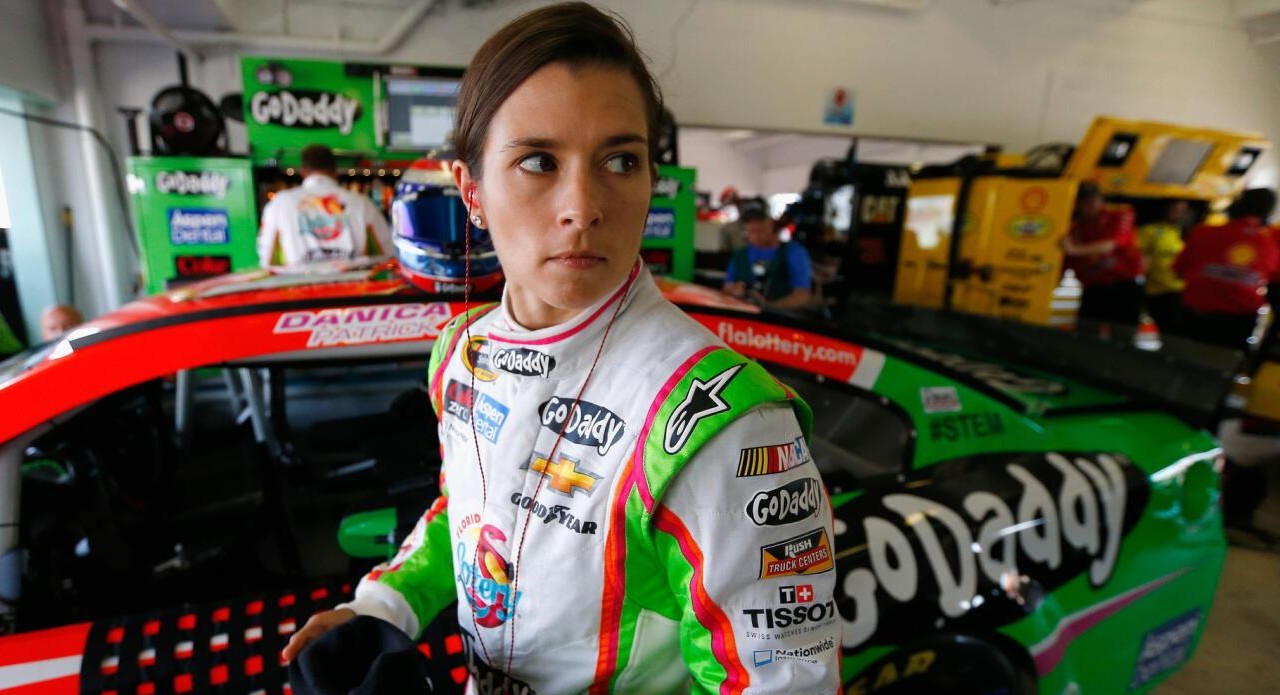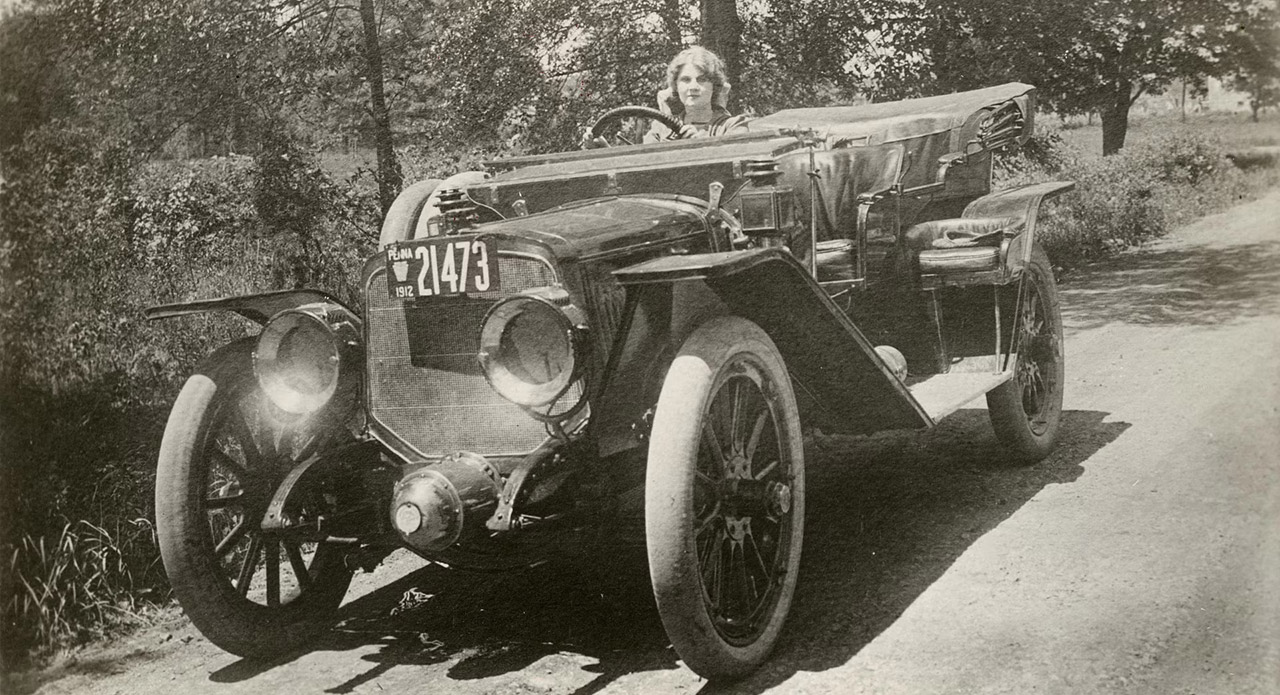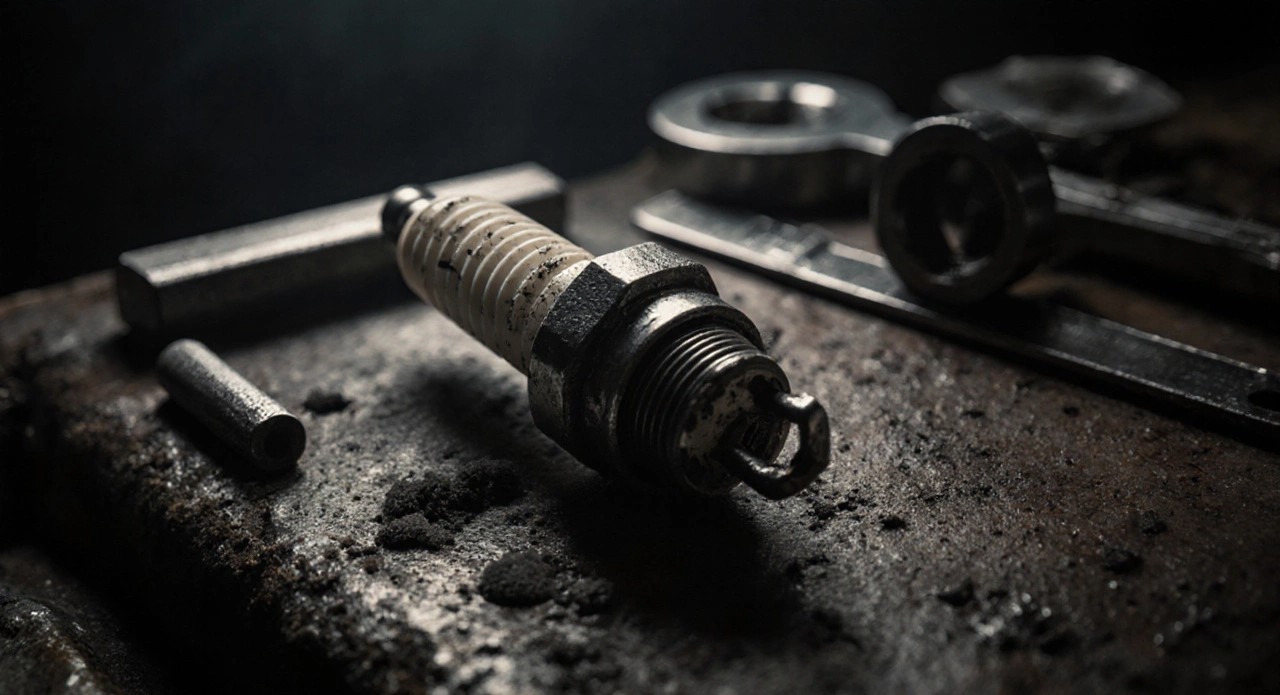Concept cars are the automotive industry’s love letters to imagination — indulgent, defiant, and gloriously impractical. They exist in a world unburdened by regulations, budgets or physics. For a brief moment at an auto show, they whisper a promise of tomorrow, then quietly fade into history while production models return us to reality.
But every once in a while, a concept car does more than hint at the future — it defines it. These are the machines that stirred the collective pulse of car lovers everywhere, proving that creativity still trumps conformity. Here are five of the greatest dream machines that should have made it to our driveways but instead became legends of what might have been.
Jaguar C-X75
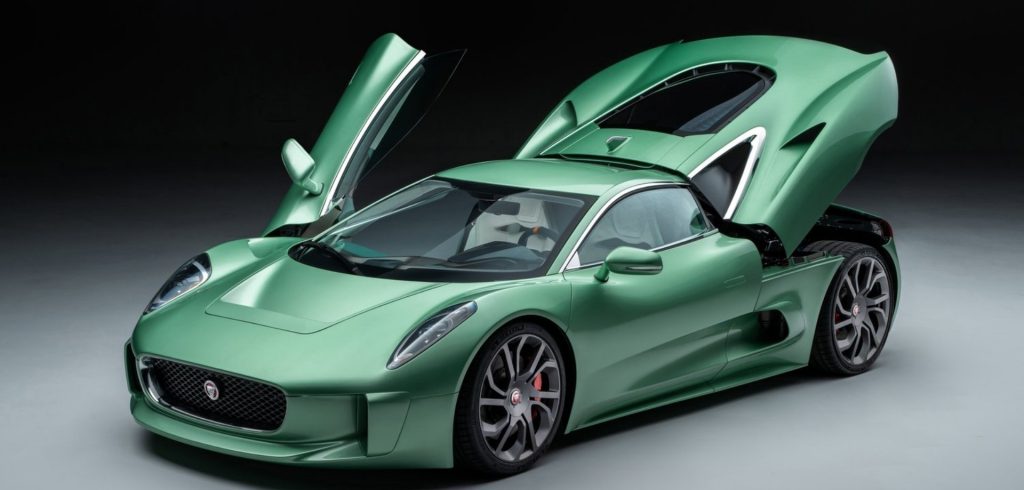
In 2010, Jaguar stunned the world with the C-X75 — a plug-in hybrid supercar powered by twin micro gas turbines and electric motors capable of propelling it past 320 km/h. It was a blend of British elegance and sci-fi madness that felt like it had driven straight out of a Bond film (which it later did, in Spectre).
The C-X75 was supposed to redefine green performance long before the world took electrification seriously. But as economic tides turned, Jaguar shelved the project in 2012 after producing only five prototypes. It remains one of the greatest what-ifs in motoring — a car that could have rewritten the supercar rulebook but instead became a symbol of unrealised brilliance.
Lamborghini Marzal
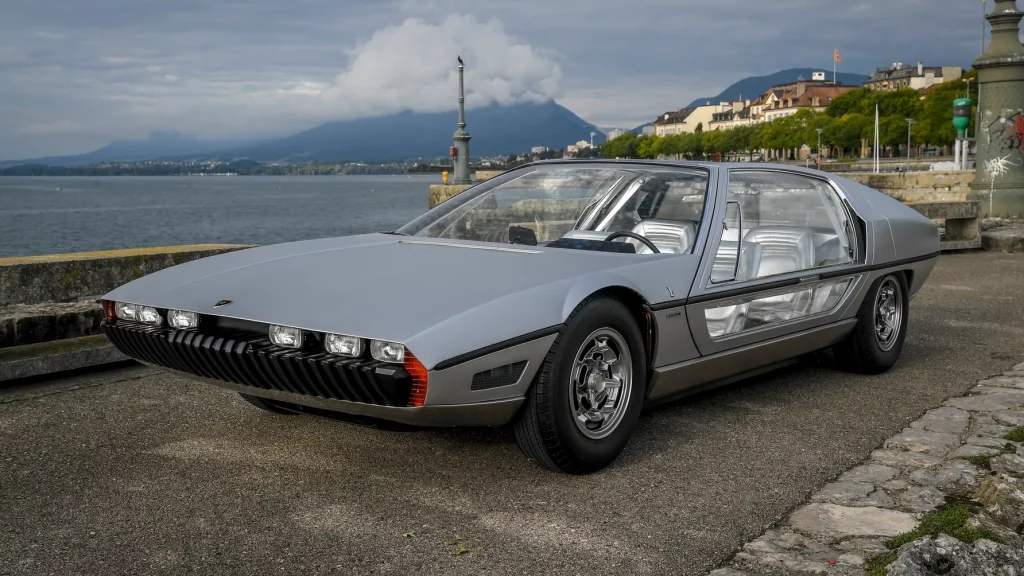
Few cars have embodied futuristic cool quite like the 1967 Lamborghini Marzal. Designed by Marcello Gandini at Bertone, this shimmering silver wedge featured gullwing doors and an interior lined entirely in silver hexagonal leather. It looked like something that would escort royalty to Mars.
Underneath, it hid a 2.0-litre inline-six engine — half of a Miura’s V12 — producing just 175 horsepower. It was less a performer, more a vision in motion. Though it never entered production, the Marzal’s angular design language heavily influenced the Espada, proving that even fantasies can leave fingerprints on reality.
BMW Vision M1 Hommage

In 2008, BMW unveiled the Vision M1 Hommage — a jaw-dropping modern reinterpretation of the legendary 1978 M1. It had the aggression of a race car and the elegance of a concept sculpture, blending sharp edges with retro cues that made enthusiasts weak at the knees.
BMW called it a celebration of 30 years of M power, but fans saw it as a promise — a new mid-engined M supercar. Sadly, it remained a concept, a rolling tease that hinted at what Munich could achieve if it unleashed its inner lunacy again. Even today, the M1 Hommage feels like a car from a parallel universe where BMW still builds wild things for the sheer joy of it.
Mercedes-Benz F 015

Long before self-driving Teslas dominated headlines, Mercedes was quietly envisioning a different kind of automotive tomorrow. The 2015 F 015 wasn’t just a car; it was a rolling digital lounge. Its cocoon-like cabin featured swivel seats, gesture-controlled interfaces and screens everywhere you looked.
The design language was sleek, smooth and eerily calm — as if it had been designed to soothe, not excite. While the technology was visionary, it arrived too soon for a world still clinging to steering wheels. The F 015 never entered production, but its DNA lives on in every futuristic electric sedan chasing the dream of autonomy.
Peugeot Oxia
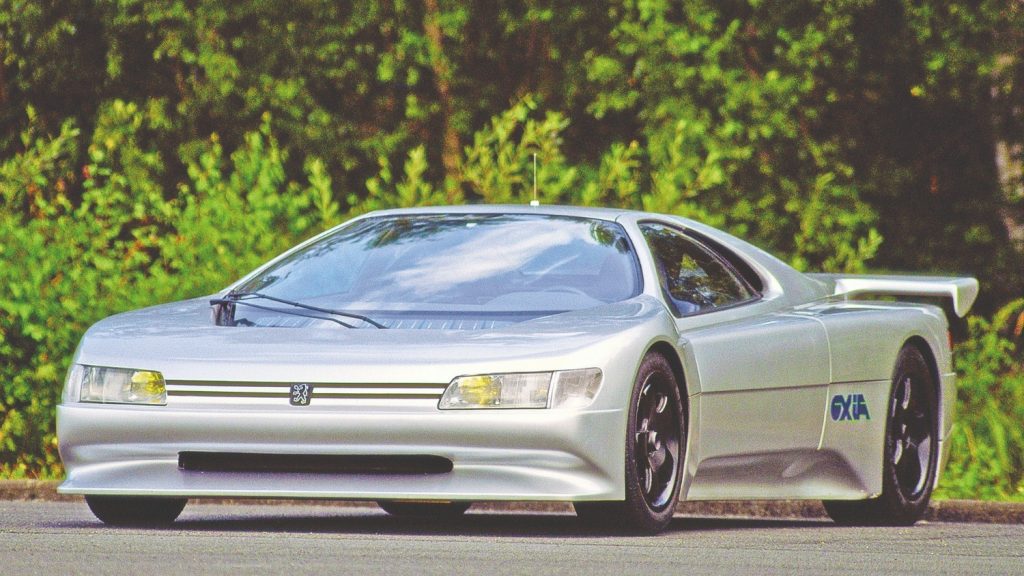
In 1988, Peugeot decided to show the world that France could do more than hatchbacks and rally cars. The result was the Oxia — a 680-horsepower, twin-turbo V6 supercar with a top speed of 350 km/h. It was an engineering flex so audacious that it made Ferrari and Porsche glance nervously across the Channel.
Despite its insane performance and beautifully aerodynamic bodywork, the Oxia was too complex, too costly and too ahead of its time. Only one was ever built, now preserved as a museum piece — a tantalising reminder that the French once dreamt in carbon fibre and boost pressure.
When Dreams Stall But Never Die
Concept cars like these remind us why we fell in love with motoring in the first place. They dared to dream beyond spreadsheets and safety ratings, chasing beauty for its own sake. Some influenced generations of design; others simply vanished, leaving behind the scent of possibility.
In an age when cars are quieter, smarter and more sensible than ever, we still look back at these dream machines and wonder — what if? Because deep down, every petrolhead knows the truth: sometimes, the cars we never get to drive are the ones that drive us the most.




